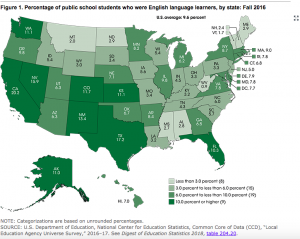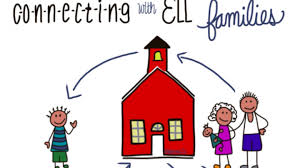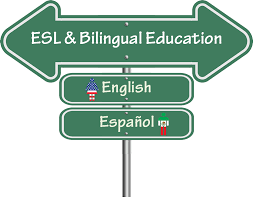English Language Learners (ELLs) face many educational challenges: they enter school less equipped than non-ELL students, are not tested or taught in their native language, and have limited parental support because of language and educational barriers that their parents face. Frequently, teachers do not have the resources or training to sufficiently support ELL students, and, because of linguistic differences, cannot communicate with parents. Parental, community, and school support are essential to a child’s educational success, and without open lines of communication between the three, a student is simply not set up to succeed in the same way that their peers may be. Add trying to navigate school in a new linguistic and cultural environment, and learning becomes extremely difficult. This messy situation can be the case for many ELL students.
According to the National Center for Education Statistics, in 2016, just under 5 million public school students were ELLs, or about 10% of students. The most common native language for ELL students in America is Spanish. While there are many programs available to help ELLs, two important aspects of their education are missing: the ability to learn in their native language, and the inclusion of their families in their educational journey.

Retrieved from https://nces.ed.gov/programs/coe/indicator_cgf.asp
Students perform better when their parents are involved in their education, and because of language accessibility, this is not always possible for ELL students and their families. ELLs come from families whose native language is not english, and oftentimes teachers are not able to speak the family’s native language. This barrier means that teachers cannot adequately connect with ELL parents, a concerning situation because ELL students need additional support in order to succeed. Further, ELL parents are likely not educated by or about the American public school system, and are thus not able to confidently make choices about their child’s education. Linguistic, cultural, and educational barriers act as daunting obstacles for ELL parents to overcome, and if school systems do not actively include and support ELL parents, ELL students suffer. Inclusive family engagement is key.

Retrieved from https://ellevationeducation.com/ell-community/author/instructional-experts
What is Being Done about it
My focus city is Albuquerque, New Mexico. In 2016, New Mexico had one of the highest percentages of ELLs in the country, as reported by the National Center for Education Statistics. According to the Albuquerque Public Schools website, 16.6% of its students are English language learners, with the two most popular native languages being Spanish and Navajo. Two of Albuquerque’s strengths as a public school system are their bilingual and biliteracy language programs, and their Family Language Centers. The bilingual program allows students to learn to speak, read and write Spanish, Navajo, Zuni, French or German as well as English. Not only does this transition ELLs more smoothly into schooling because part of the day is done in their native language, they also get the opportunity to become literate in their native language, which might not have otherwise been possible. The Family Language Centers allow parents with a child in the Albuquerque Public Schools to take classes in english, which helps the parents learn english while also creating a relationship with their child’s school.

Retrieved from https://www.lwisd.org/Page/4767
Grassroots Organizations
Albuquerque is also home to strong grassroots organizations. In addition to providing spaces for community gathering which creates belonging and community involvement amongst families, organizations teach adult education classes and give homework help to students who might not be able to get that type of help at home. Many of them offer supplemental tutoring for ELL students; equally important to the ELL community, though, are the adult education classes. One of the challenges of ELL students is that conversations between teachers, administrators, and parents get quite literally lost in translation: many times the student is responsible for being the in between, which is an unfair expectation of them. Having parents be able to take advantage of community adult literacy classes lowers many of the barriers that ELL parents face in the education system: they become more comfortable with English, and are supported and educated in a community.
Many of the grassroots organizations are completely or primarily volunteer driven, meaning that the classes are taught by local volunteers and members of the community. This closeness further encourages community and creates an open space of acceptance, understanding, and learning. The intersectionality of the community organizations coupled with literacy conscious school systems aim to create an environment of comfort and success for ELL students in Albuquerque, NM.
